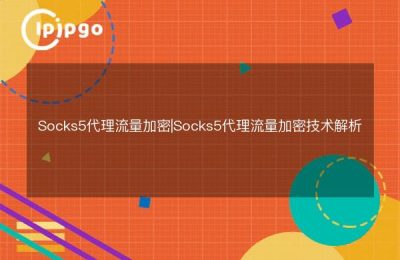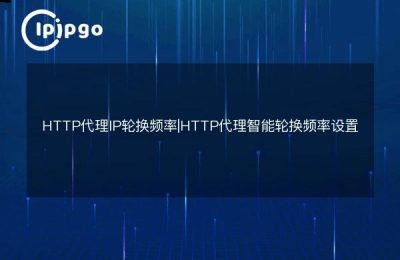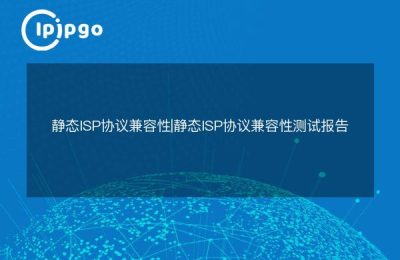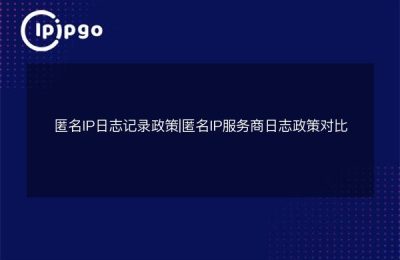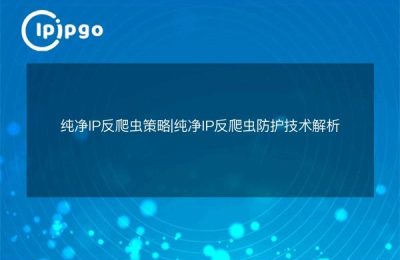
Proxy IP management challenges that real users struggle with
Those who have done data collection have similar experiences: suddenly receiving an alert at 3:00 a.m. that the IP of 30% in the proxy pool is invalid, leading to business interruption. What's worse, some failed IPs will be disguised as normal, and the problem will not be discovered until the target website verification is triggered. This uncontrollable loss of proxy resources directly affects the stability of the business, and may also lead to a decline in the quality of data collection, account association risk and other issues.
Smart Filtering Secrets for Dynamic IP Pools
Truly effective proxy management is not about simply chasing IP counts, but about establishingSurvivability + responsiveness + availabilityTrinity Screening Mechanism. Using ipipgo's residential agent as an example, the following combination of tests is recommended:
| test dimension | Execution frequency | standard of judgment |
|---|---|---|
| Connectivity testing | Every 5 minutes | Three successful TCP handshakes |
| Response quality testing | hourly | HTTP status code 200 and response time <3 seconds |
| Availability Verification | everyday | Verification testing through the target website |
Build an automated maintenance system in three steps
Layered detection architecture is recommended in practice:
1. Basic layer: obtain real-time IP list through ipipgo's API interface, and automatically filter the nodes that have been marked as invalid.
2. Detection layer: using multi-threaded concurrent testing, it is recommended to set up the3 retries mechanismAvoiding Misjudgment
3. Executive layer: when a single IP fails three consecutive detections, the replacement process is immediately triggered
Special advantages of the ipipgo technology program
We have found in practice that ipipgo'sDual-channel calibration technologyIt can effectively solve the problem of "false death" of traditional proxy. Its residential IP not only supports HTTP/SOCKS5 protocols, but also has intelligent route optimization. For example, after the access of an e-commerce data project, the effective use of IP cycles from an average of 4 hours to 19 hours, reducing the waste of resources by 62%.
Three Operational Mistakes You Must Avoid
- Excessively frequent detection (<2 minutes) may trigger target site protection
- Detecting only a single port leads to missed calls
- Ignoring geo-location matching creates conflicting business logic
Frequently Asked Questions
Q: Will automatic IP replacement affect business continuity?
A: Through ipipgo's IP warm-up mechanism, the new IP has completed the quality verification before it is officially enabled, and the switching process is non-perceptive.
Q: How can I avoid highly anonymous proxies being recognized?
A: It is recommended to enable ipipgo'sDynamic rotation of residential IPsfeature that automatically matches the real network environment of local residents with each request.
Q: What should I do if I encounter a sudden mass failure?
A: ipipgo's standby IP pool can be automatically expanded within 5 seconds, and with customized failure ratio threshold settings, it can quickly restore business operations.
After our real test verification, combined with ipipgo's high-quality proxy resources and scientific maintenance mechanism, the overall availability of IP pool can be stabilized at more than 98%. The key is to establish a detection model that suits your business characteristics, rather than blindly pursuing technical complexity. It is recommended to start with small-scale testing, gradually optimize the detection parameters, and ultimately realize the virtuous cycle of automated operation and maintenance.

